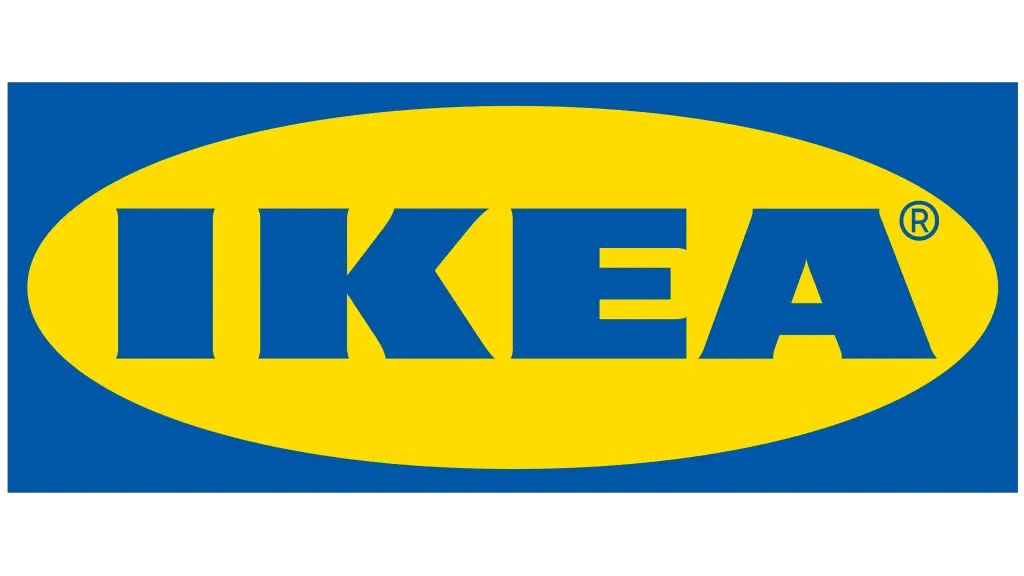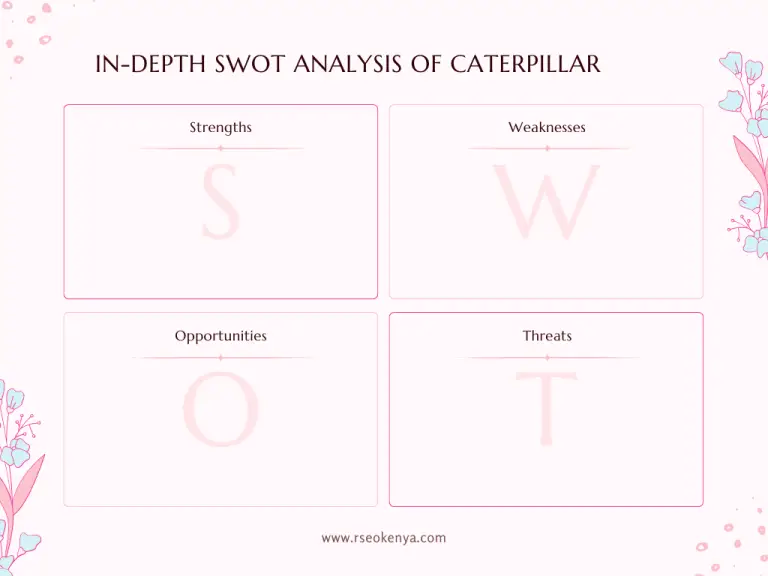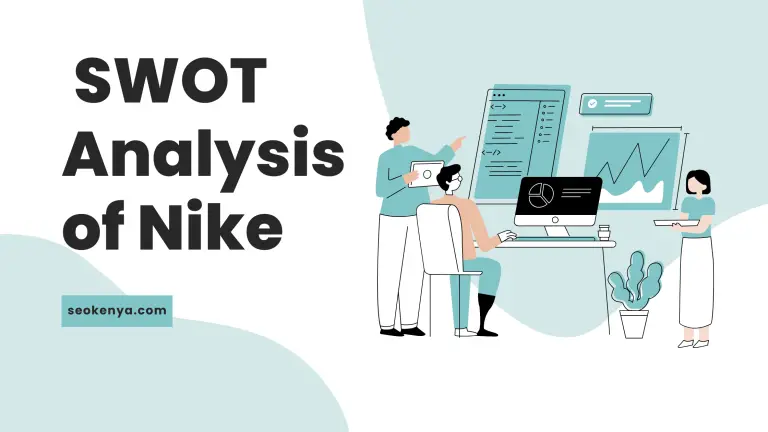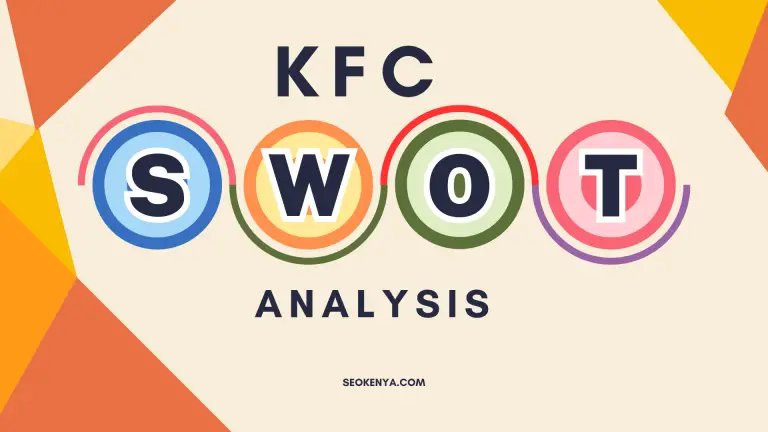SWOT Analysis of IKEA (Strengths, Weaknesses, Opportunities, Threats)
About IKEA
IKEA is a global home goods company based in the Netherlands that offers a range of ready-to-assemble furniture, kitchen appliances, home accessories, and other products and services.
Founded in 1943 by Ingvar Kamprad, IKEA has become the world’s largest furniture retailer. The brand is known for its modernist designs and focuses on simplicity, as well as its efforts to control costs and continuously improve products.
As of 2021, there are 422 IKEA stores in 50 countries, and in 2018, the company had sales of €38.8 billion (approximately $44.6 billion). Ikea operates using a complex corporate structure that includes franchise arrangements and independent franchisees.
The company’s website features around 12,000 products, and it had over 2.1 billion website visitors in the year ending August 2016. Ikea is a major user of wood in the retail sector, using about 1% of the world’s commercial wood products, and it claims to use 99.5% recycled or FSC-certified wood.
However, IKEA has faced criticism for its involvement in unsustainable and potentially illegal logging practices in Eastern Europe.

IKEA COMPANY OVERVIEW
Here’s a summary table with an overview of IKEA company:
| Category | Details |
| Company Name | IKEA (Ingvar Kamprad Elmtaryd Agunnaryd) |
| Founders | Ingvar Kamprad |
| Founded | 1943 (in Sweden) |
| Headquarters | Delft, Netherlands |
| Parent Company | Ingka Holding B.V. (private) |
| Industry | Retail, Home furnishings |
| Products | Ready-to-assemble furniture, home accessories, kitchen appliances, and other home furnishing products |
| Retail Stores | 445 stores in 63 countries (as of 2022) |
| Revenue | €42.6 billion (2022) |
| Employees | 217,000 (2022) |
| Major Competitors | Ashley Furniture, Williams-Sonoma, Wayfair, Home Depot, Lowe’s |
SWOT Analysis of IKEA (Strengths, Weaknesses, Opportunities, Threats)
In this article, we will conduct a SWOT analysis to evaluate the strengths, weaknesses, opportunities, and threats of Ikea.
Strengths of IKEA:
- Strong brand recognition and reputation: Ikea is a well-known and trusted brand, with a strong reputation for quality and affordability. Its iconic blue and yellow logo is easily recognizable, and the company has a strong following among consumers around the world.
- Wide product range: Ikea offers a wide range of products, including furniture, kitchen appliances, home decor, and other household items. This allows the company to appeal to a diverse range of customers and meet their various needs.
- Innovative design: Ikea is known for its innovative design, with many of its products featuring unique and functional design elements. The company has a team of in-house designers who are constantly working on new products, and it also collaborates with external designers to bring new ideas to the market.
- Strong supply chain: Ikea has a strong and efficient supply chain, which allows it to produce and distribute products efficiently and at a low cost. The company has a network of suppliers around the world, which helps it to keep costs down and maintain a consistent level of quality.
- Customer loyalty: Ikea has a large and loyal customer base, with many customers returning to the store again and again to purchase its products. This is due in part to the company’s focus on customer service, as well as the high quality and affordability of its products.
Weaknesses of Ikea:
- Limited customization: While Ikea offers a wide range of products, it does not offer much in terms of customization. Customers are generally limited to the products that are available in stores or online, and cannot make significant changes to the design or features of these products.
- Dependence on physical stores: Despite its strong online presence, Ikea still relies heavily on physical stores for sales. This leaves the company vulnerable to changing consumer preferences and the challenges of operating physical stores, such as rising rents and competition from e-commerce.
- Limited product durability: Some customers have reported issues with the durability of Ikea’s products, with some products breaking or showing signs of wear and tear after only a few years of use. This can be a drawback for customers who are looking for more long-lasting products.
- Limited presence in certain markets: While Ikea has a strong global presence, it is not present in every market. This limits the company’s ability to reach certain consumers and could limit its growth potential.
Opportunities of Ikea:
- Expansion into new markets: Ikea has the opportunity to expand into new markets, particularly in developing countries where there is growing demand for affordable and stylish home furnishings.
- Online sales growth: With the rise of e-commerce, Ikea has the opportunity to increase its online sales and reach a wider customer base. The company has already made significant investments in its online presence, and could continue to do so to capitalize on this trend.
- Collaboration with external designers: Ikea has a strong in-house design team, but it could also benefit from collaborating with external designers to bring new and innovative products to the market. This could help the company to stay fresh and appeal to a wider range of customers.
- Sustainability initiatives: As consumers become increasingly concerned about the environmental impact of the products they buy, Ikea
Threats of Ikea:
- Competition: Ikea faces competition from other furniture and home goods retailers, both online and in-store. These competitors may offer similar products at lower prices, which could impact Ikea’s market share.
- Economic downturns: Ikea’s business is sensitive to economic downturns, as consumers may be less likely to make large purchases during difficult economic times.
- Changes in consumer preferences: Ikea’s products are designed to be affordable and stylish, which has been a successful formula for the company. However, consumer preferences can change over time, and if Ikea’s products do not align with these changes, it could impact the company’s sales.
- Supply chain disruptions: As mentioned earlier, Ikea relies heavily on its suppliers for raw materials and finished products. Any disruptions in the supply chain, such as natural disasters or transportation issues, could impact the company’s ability to produce and sell products.
- Increasing labor and raw material costs: As labor and raw material costs rise, it can become more expensive for Ikea to produce its products. This could lead to higher prices for customers, which could negatively impact sales.
- Political and economic instability: Ikea operates in many countries around the world, and political and economic instability in any of these countries could impact the company’s operations and sales. For example, if there is unrest or economic downturn in a country where Ikea has stores, it could lead to reduced consumer spending and lower sales.
- Changes in regulations: Ikea must comply with various regulations in the countries where it operates. Changes in these regulations, such as changes to import/export rules or environmental regulations, could impact the company’s operations and costs.
Overall, Ikea has many strengths, including a strong brand, wide product range, global presence, and innovative designs. However, it also faces a number of threats, including competition, economic downturns, changes in consumer preferences, and supply chain disruptions, among others.
To continue to thrive in the future, it will be important for Ikea to adapt to changing market conditions and remain competitive.



